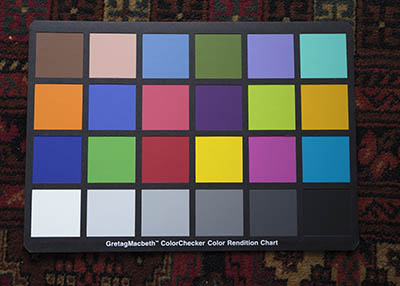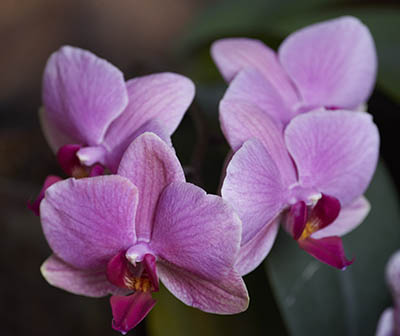Camera colour calibration
I try to keep my photographs to the highest technical standards. Up to now I have depended on commercial programs to convert the raw files from my camera to uncompressed jpeg images that are actually printed or used on the web site. I did a bit of testing on possible software to do this task. The two main contenders are Adobe "Lightroom" and Phase one "Capture one pro". On balance I preferred the results from "Capture one pro" This set me thinking if there was any way to get even better results by calibrating the actual response of my camera with a colour test card. After all I do this with printing and it makes a huge difference using specifdically made profiles.

If you are using lightroom there is a relatively easy way to do this using the Xrite "ColorChecker Passport" This colour calibration card and dedicated software works in conjunction with Adobe software and .dng Adobe general purpose images to produce a profile that can be used in Photoshop and Lightroom. They can't be used in Capture one. Capture one uses ICC profiles exclusively, just like the printer, and the Xrite software can't produce them.
I did however manage to find software that can produce ICC profiles, and is at least reasonably easy to use, from:
called "Lumariver Profile Designer" You need the pro version to produce ICC profiles. I won't go through the details of the process as it is quite complex, but in essence one takes a well exposed picture of a colour test card and the program creates an ICC profile that brings the colours of the testcard to as near as possible to the correct values.

 Generic profile Calibrated profile
Generic profile Calibrated profile
The picture on the left is using the Capture one profile for the camera. That on the right is using the profile created for my specific camera. The difference is quite striking. The calibrated profile gives much brighter colours for the more difficult to represent colours, purple/pink in this case, but leaves the other colours alone. This unfortunately is not without compromises. If the image is made any lighter than shown the blue channel saturates in parts of the image. The profile thus better represents darker and more awkward colours but bright or light colours can saturate producing unnatural edges in the image. In this case it much better represents the colour of these orchids.
I wanted to see what was actually happening with the colour space so the following diagram is of the "LAB" colour space looking down from perfect white to black. The image on the left is the colour space produced by the generic profile for this camera (Sony A6000) by the program Capture one pro. The image on the right is the same except that the profile has been produced by the Lumariver calibration software. The Lumariver colour space is obviously much bigger than the generic profile.

Generic profile
Calibrated profile
There are possible problems, as mentioned above, to using the larger colour space but in most of the cases I have tried I prefer the results of the custom calibration, so will be using this as default in the future. It anyway seems logical to preserve as much of the colour space during processing as possible. There will be compromises to be made when printing the image, but this is the best place to make these compromises.

